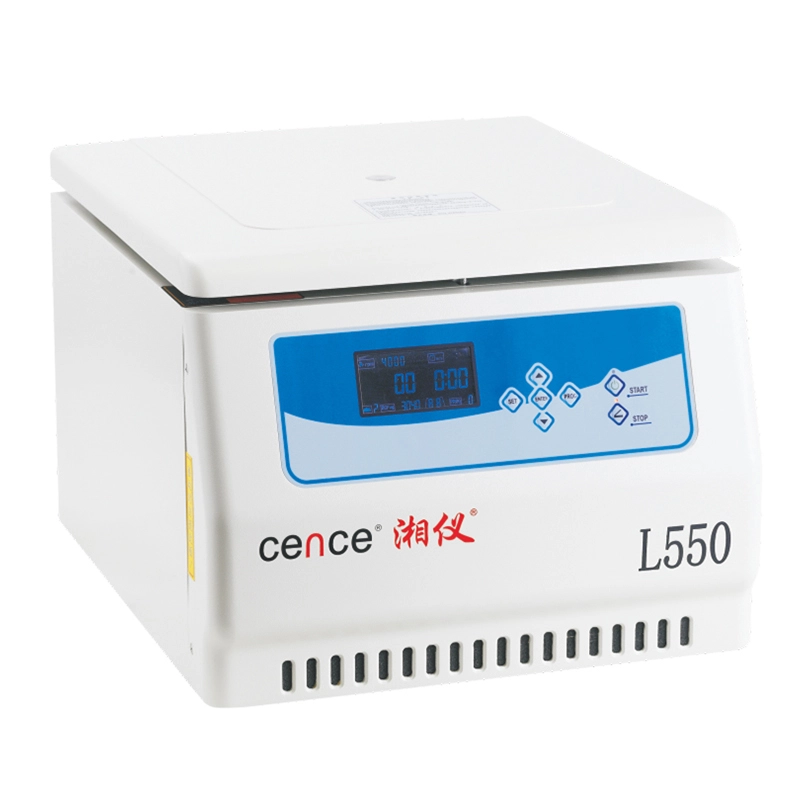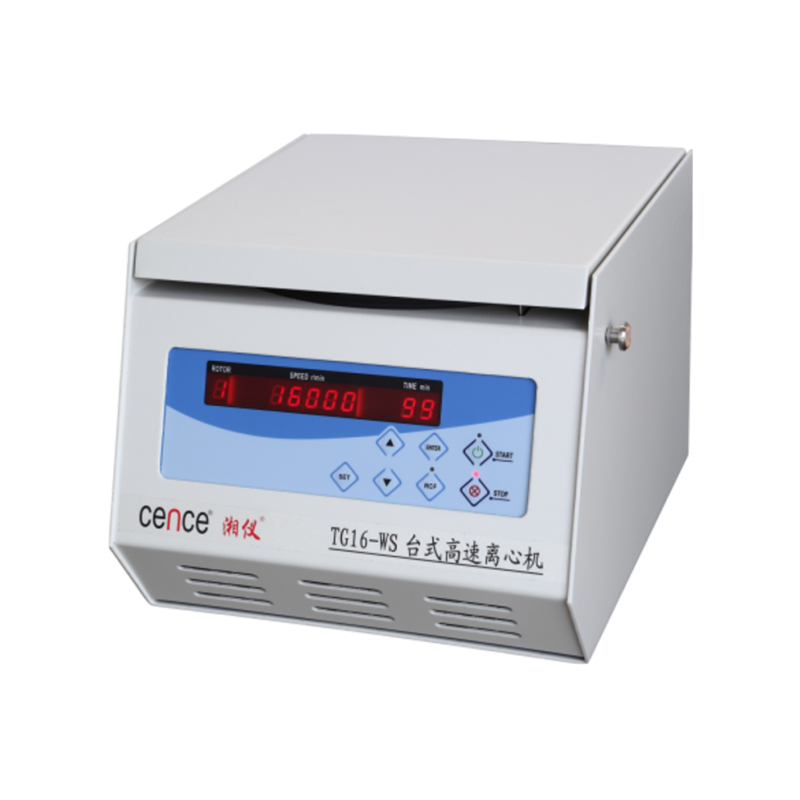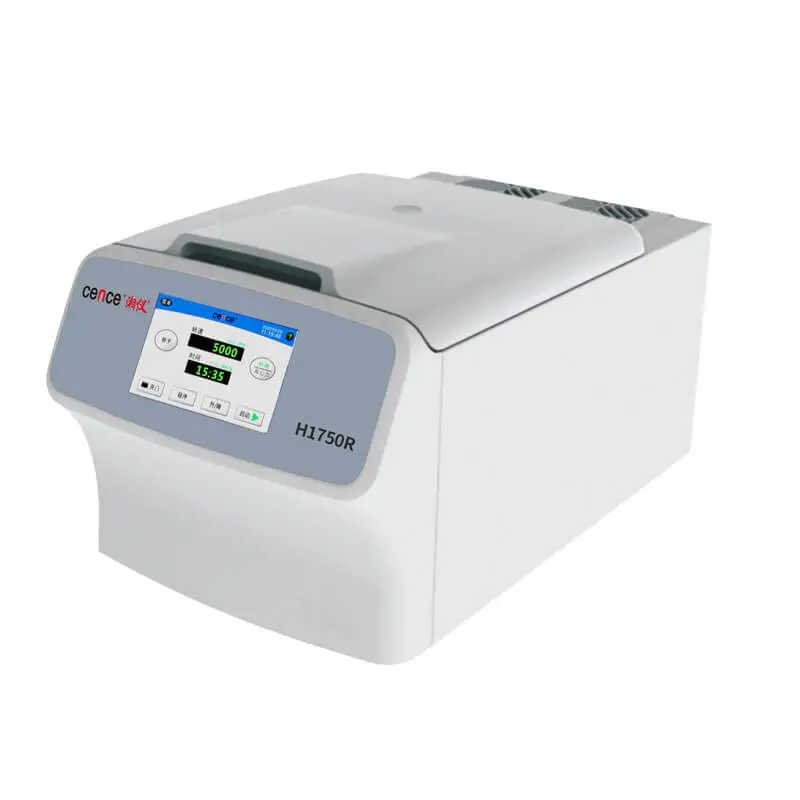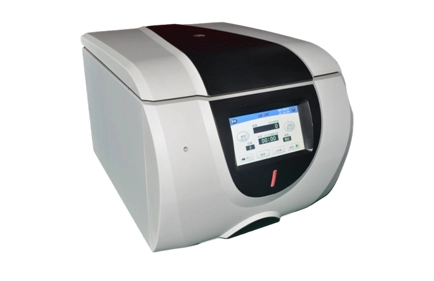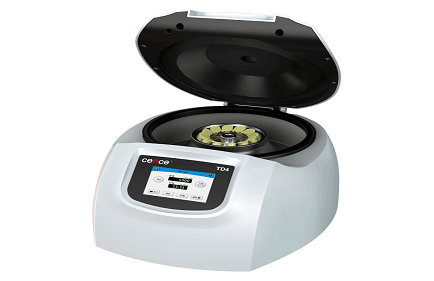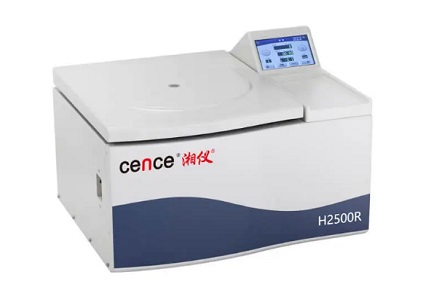The desktop high-speed centrifuge uses the two principles of centrifugal filtration and centrifugal sedimentation to separate, concentrate or purify cells (particles) with different densities in the solution under the action of centrifugal force. In order to improve the utilization rate and prolong the service life of the instrument, ensure the safe operation of the instrument, and avoid faults, the performance and parameters of the centrifuge should be considered from the following five aspects:
1. Temperature control range
Some samples such as proteins, cells, etc., will be destroyed in a high temperature environment, so a refrigerated tabletop centrifuge should be selected. It should be noted that the centrifuge will generate heat when it is running at high speed, and this heat will be balanced with the cooling system of the centrifuge at a certain temperature. This temperature range is the real temperature during the experiment.
2. The speed of the centrifuge
The maximum speed of the centrifuge refers to the speed under no-load conditions. After the sample is loaded, its rotational speed will definitely be lower than the nominal maximum rotational speed. When purchasing a product, it is necessary to pay attention to choosing a centrifuge with a higher rotational speed range than the required rotational speed.
The maximum speed of the centrifuge
3. The capacity of the centrifuge
The total capacity of the centrifuge = the capacity of each centrifuge tube x the number of centrifuge tubes, the total capacity matches the workload.
4. The rotor of the centrifuge
The common rotor centrifuge include swing-bucket rotor and angle rotor centrifuge. When the swing-bucket rotor is running, the hanging bucket is in a horizontal state, which is at right angles to the rotating shaft, and the sample concentrates the sediment at the bottom of the centrifuge tube. The rotation axis of the angle rotor forms a fixed angle with the container, and the sample concentrates the sediment at the bottom of the centrifuge tube and the side wall near the bottom. There are also some special rotors: large-capacity hanging bucket (mostly used in blood banks), microplate rotors, glass slide rotors, PCR rotors, test tube rack rotors and capillary rotors, etc.
5. The control system of the centrifuge
The high-end centrifuges all adopt the microcomputer control system. Many centrifuges have some intelligent functions, such as rotor identification, such as rotor identification, safety lock, fault prompt, speed curve, etc.
 English
English 한국어
한국어 français
français Deutsch
Deutsch Español
Español italiano
italiano русский
русский português
português العربية
العربية tiếng việt
tiếng việt Indonesia
Indonesia
